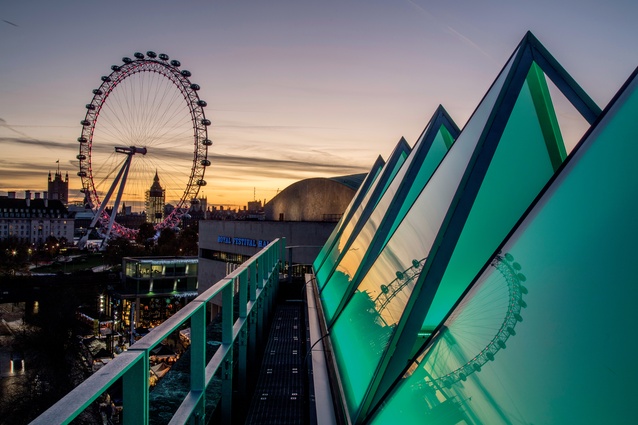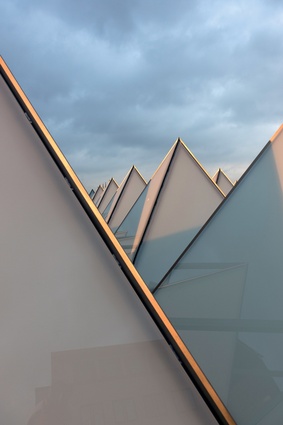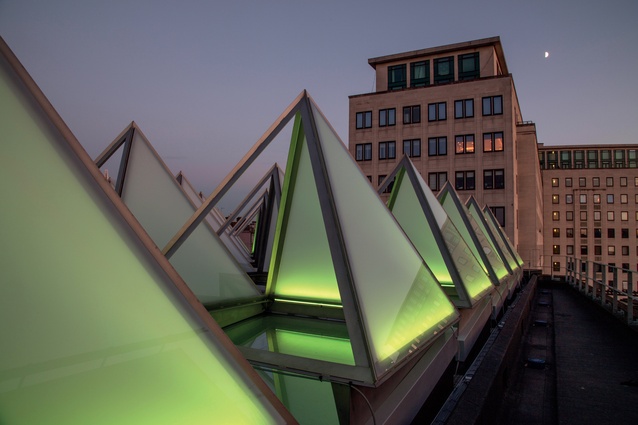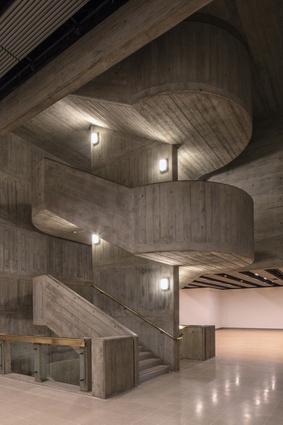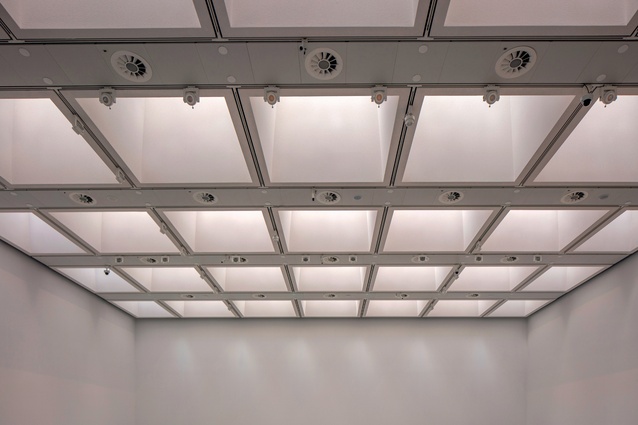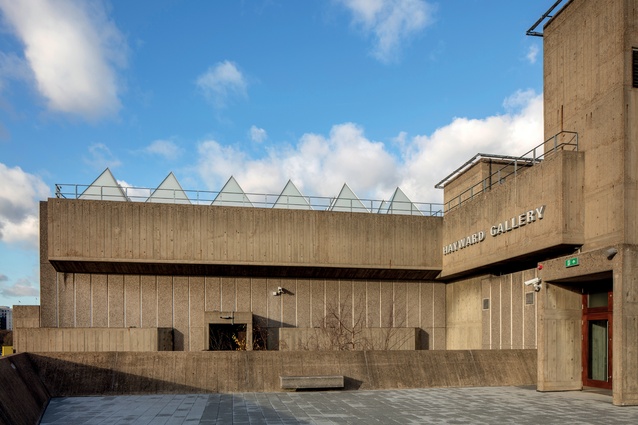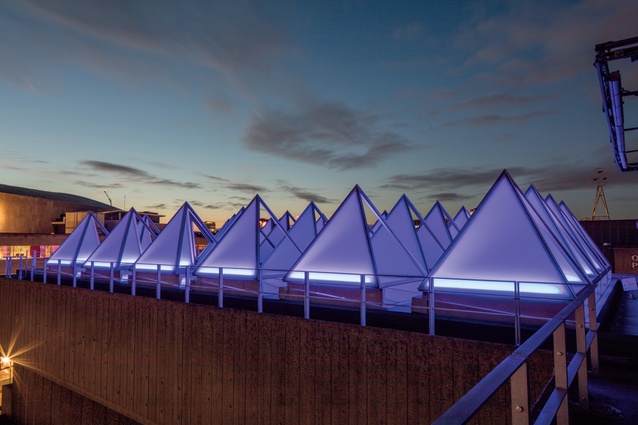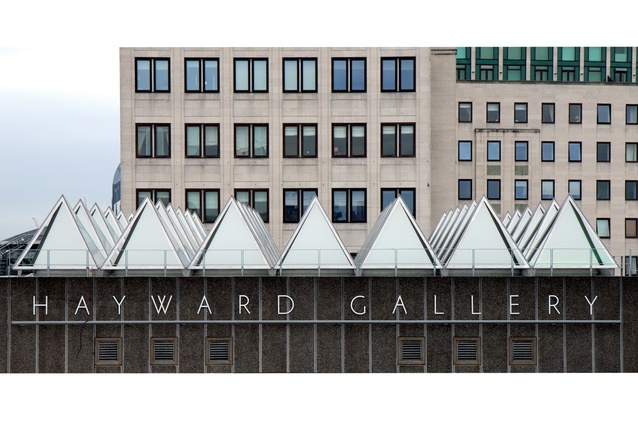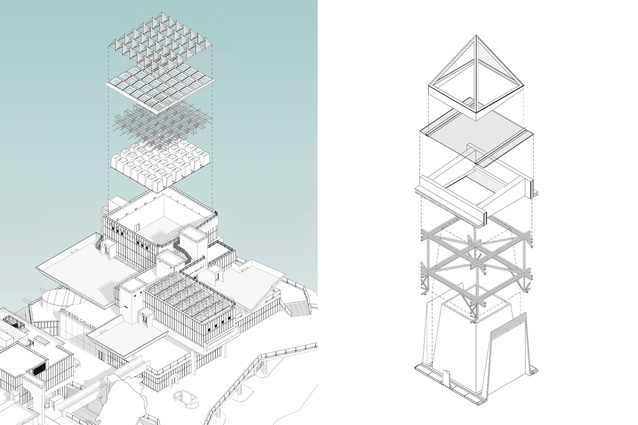Letting the light in: Hayward Gallery
After a two-year closure, the Brutalist, bunker-like Hayward Gallery on London’s Southbank reopened in January. The UK architectural firm Feilden Clegg Bradley Studios (FCBStudios) designed and implemented the complete renewal of the building’s services, and the transformation of its gloomy upper floors, by ‘letting the light in’.
When the gallery was built in the mid-1960s, its striking roofscape, comprising 66 glazed pyramids, contrasted with the building’s sombre, raw-concrete forms.Unfortunately, despite the Greater London Council Architects’ Department’s ingenious plan to use lighting baffles to provide indirect daylight to the top-floor galleries, the introduction of a dropped ceiling meant that insufficient daylight penetrated.
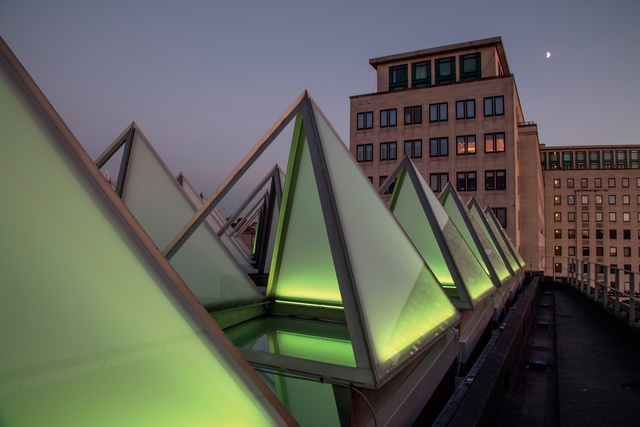
By default, artificial lighting became the norm. In addition, the fabric of the pyramids deteriorated over time and their thermal performance was poor. Half a century later, a major rethink was overdue.
In FCBStudios’ adaptive redesign, the existing structural truss was retained to support a new roof with new glass pyramids, each glazed with translucent glass on its south-facing side and with clear glass on its north-facing side. This configuration provides solar shading to the galleries beneath. The pyramids are now positioned above flat, double-glazed, low-iron glass roof-lights, on the underside of which retractable blinds can be used to control how much or little daylight enters the upper-floor galleries.
Dispensing with the dropped ceiling restored the original lofty proportions of the upper-floor galleries. Curators and artists now have elegantly proportioned spaces, with complete versatility in controlling natural lighting within exhibitions, ranging from total blackout, if required, to providing views of the sky above.
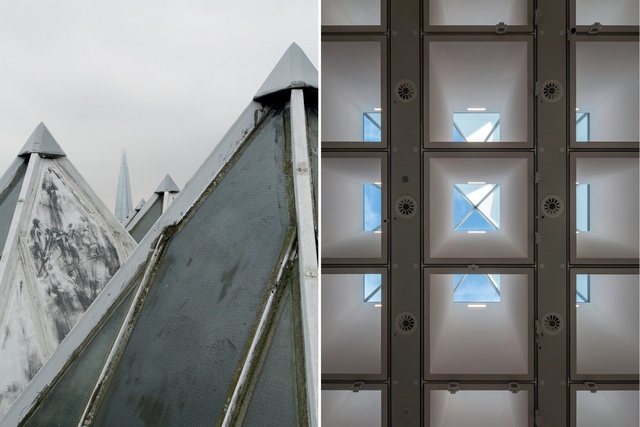
Throughout the building, terrazzo floors have been replaced and interior concrete surfaces have been cleaned, retaining their textured, plank-marked finishes. In the lower galleries, ceilings have been removed, cleaned and re-fixed. In the upper galleries, new acoustic ceiling coffers have been incorporated within the structure of the redesigned roof pyramids.
Environmental controls, mechanical plant and electrical services have been completely replaced, also, to improve the gallery’s energy performance and reduce its running costs. When the building opened in 1968, there was a single telephone point in each gallery.
Now, the subsequent, piecemeal audiovisual wiring has been replaced with an infrastructure capable of accommodating 21st-century digital and technological advances. The redesigned roof provides an additional 90 rigging points, allowing more complex artworks to be hung.
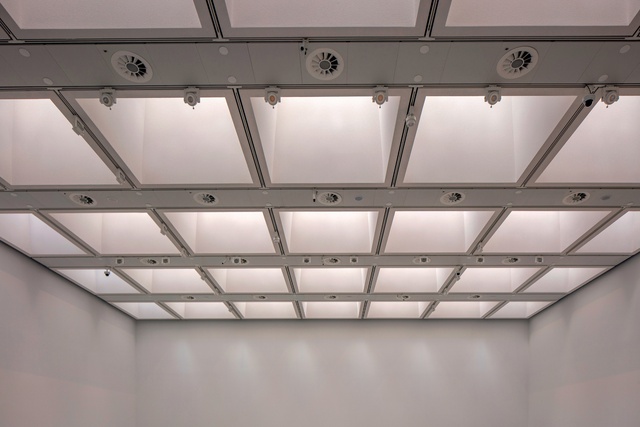
“The building probably looks better than the day it opened. Its genius is revealed for the first time,” enthused the gallery’s director, Ralph Rugoff. British artist David Batchelor’s Sixty Minute Spectrum (2017) has been installed within the roof. LEDs inside its 66 glass pyramids run through the full spectrum of colours every hour.
It provides a temporary consolation, which Rugoff hinted might become permanent, for the removal of a familiar landmark, Philip Vaughan’s Neon Tower (1970), which functioned as a welcoming beacon light on dark, windswept evenings.
Appropriately, the gallery’s reopening exhibition (to be reviewed in the next issue of Architecture New Zealand) is a retrospective of the German artist Andreas Gursky’s large-format photographs, many of which depict architecture and the built environment.

